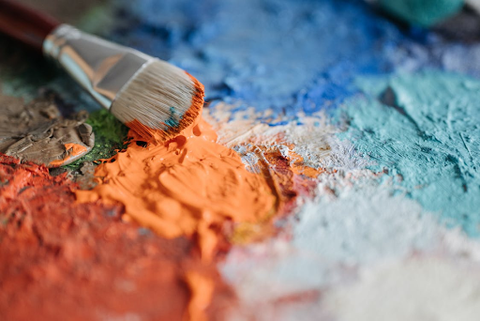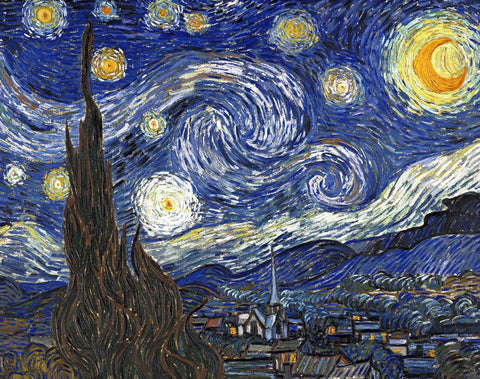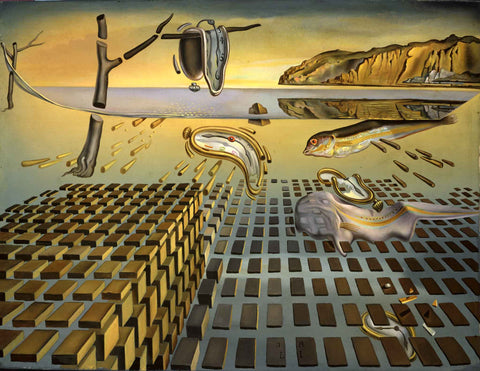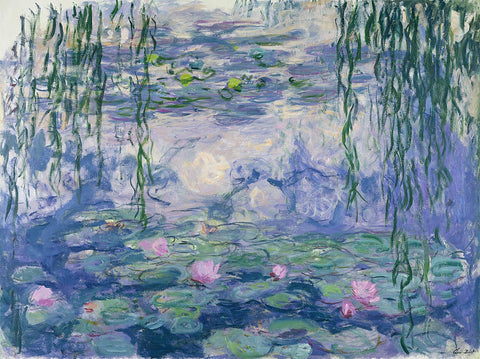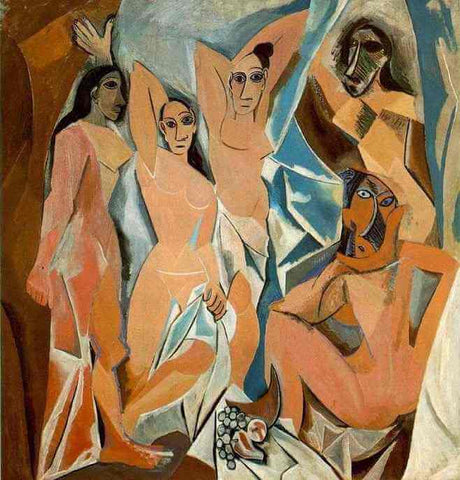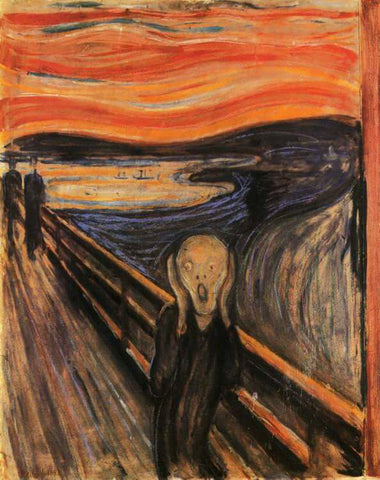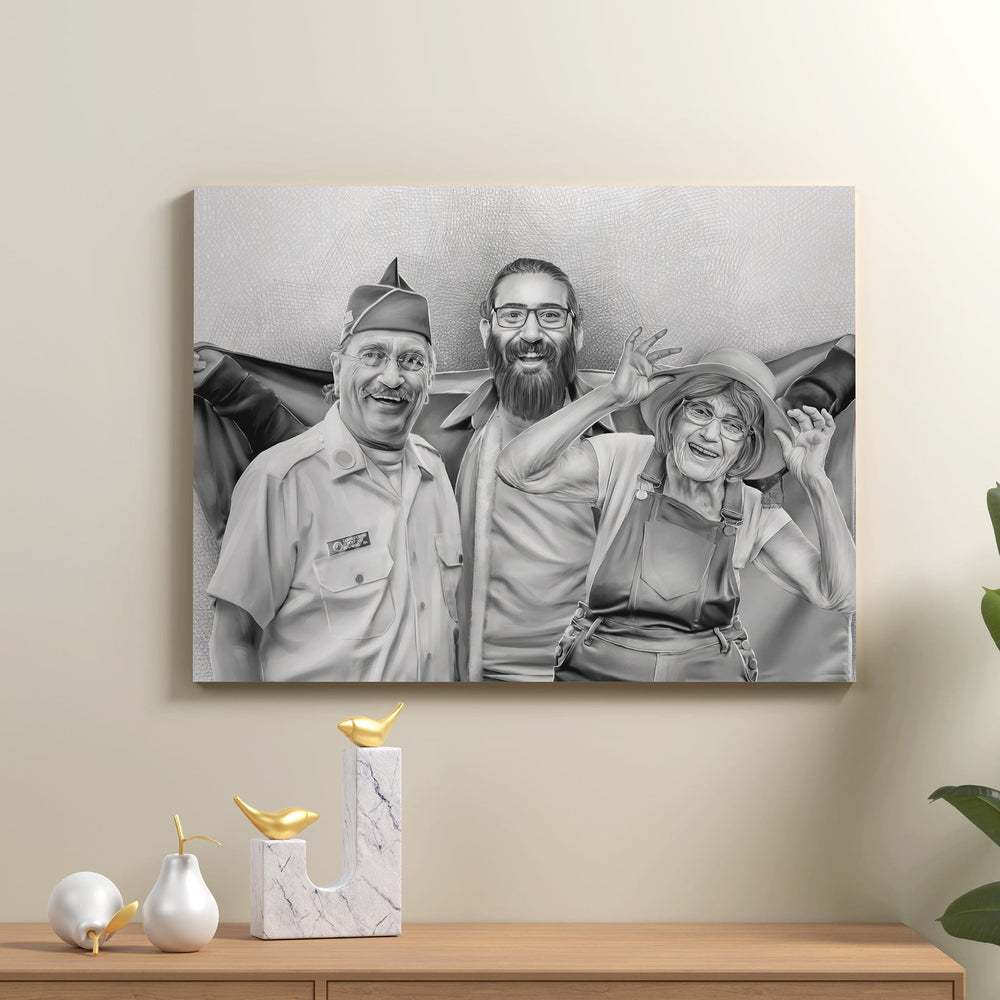Modern art oil painting refers to the artistic style and medium that emerged in the late 19th and early 20th centuries. Some of the most iconic and influential artists of this period, such as Vincent van Gogh, Claude Monet, and Pablo Picasso, used oil paints to create stunning and thought-provoking works that continue to inspire and captivate audiences today.
In this article, we will explore some of the best modern oil paintings and provide an overview of the techniques, themes, and movements that defined this era of art. Whether you are an art enthusiast or simply looking to expand your knowledge, this guide will give you a deeper understanding and appreciation of one of art history's most exciting and dynamic periods.
What is Modern Art Oil Painting?
This type of painting is characterized by a departure from traditional techniques and subject matter and a focus on experimentation, innovation, and self-expression.
Modern oil paintings often depict everyday life, nature, and personal emotions. Still, some artists also started experimenting with abstraction, symbolism, and other innovative techniques to express ideas that cannot be shown in traditional representational art.
How is Modern Art Oil Painting Made?
Modern art oil painting is typically made by sketching the composition on a canvas or panel, then applying a thin layer of oil paint, called "underpainting." Additional layers of paint, known as "glazes," are applied on top to build up the painting. The artist may use thicker layers of paint, known as "impasto," to create texture and depth and various tools and techniques to create different effects.
When modern oil painters are satisfied with their painting, it is left to dry completely and may be varnished to protect the surface and enhance the color. It's important to note that different artists have their own techniques and preferences, so making a modern oil painting can vary greatly depending on the artist.
4 Features of a Modern Art Oil Painting?
Geometric Shapes and Lines
This can convey a sense of movement and dynamism in the painting. Using geometric shapes and lines can also create a sense of depth and dimension by creating overlapping shapes and lines that appear to recede into the background.
Bright and Bold Colors
The use of bright and bold colors in modern art paintings is a defining characteristic of this art style. Using vibrant, contrasting colors can create a sense of movement, energy, and even emotion in the painting. Artists sought to break away from traditional representations of the world and used bright and bold colors to create a striking visual impact and express their emotions and ideas.
Use of Different Tones
In modern oil paintings, different tones, from light to dark, create a sense of depth and dimension on the canvas. Light tones are used to represent highlights on objects, while dark tones are used to describe shadows and create a sense of depth. By using a range of tones in a painting, the artist can convey a sense of depth, dimension, and realism, making the picture look more lifelike.
Experimentation with Texture
Modern oil paintings is often characterized by using thick and textured paint, known as "impasto," which creates a sense of depth and movement on the canvas. Artists use various tools and techniques to create different textures and effects, such as palette knives, sponges, and rags.
5 Best Modern Art Oil Painting
"Starry Night" by Vincent van Gogh
This iconic painting, created in 1889, is considered one of Van Gogh's most famous works. It features a swirling night sky filled with stars and a cypress tree and is known for its bold, expressive brushstrokes and intense use of color.
"Water Lilies" (or "Nymphéas") by Claude Monet
This series of paintings, created by Monet between 1899 and 1926, depicts the artist's flower garden at his home in Giverny. They are known for their use of vibrant, impressionistic colors and their capture of the changing effects of light on the water and flowers.
"Les Demoiselles d'Avignon" by Pablo Picasso
This painting is considered one of the most important works of the Cubist movement painted in 1907. It is known for using bold, contrasting colors and exploring the relationship between form and subject matter. It features five women in a brothel, represented in a highly abstract and geometric style.
"The Scream" by Edvard Munch
Painted in 1893, this painting is an iconic image of the Expressionist movement. It depicts a figure standing on a bridge, screaming, with a swirling and intense background. It is known for using bright, contrasting colors and exploring emotion and the subconscious.
"The Persistence of Memory" by Salvador Dali
This is a surrealist painting completed in 1931. It depicts a landscape with melting watches draped over various objects, such as a tree branch and a human face. The melting watches suggest the fluidity and instability of time, and the distorted objects in the painting offer the surreal, dreamlike state of the artist's mind. The painting is considered one of Dali's most famous works and is considered a masterpiece of modern art.
The Persistence of Memory, oil on canvas by Salvador Dali from TheHourGlass
Tips on Creating Your Own Oil Painting
Start with a Sketch
Before you begin painting, it's essential to clearly understand what you want to create. Sketch your composition on a canvas or panel, and consider the placement of your subject matter, negative space, and overall design.
Choose the Right Materials
Make sure you have all the materials you need to create your oil painting, including high-quality oil paints, brushes, a palette, and a surface to paint on. Consider the type of surface you will use; for example, a canvas is ideal for texture and depth, but if you want smooth and fine details, a panel would be a better option.
Use Thin Layers
When applying paint to your canvas, it's important to use thin layers, known as "glazes," to build up the painting. This allows you to create depth and dimension and adjust the color and tone of the painting as you work.
Experiment with Different Techniques
Feel free to experiment with different techniques, such as palette knife painting, impasto, and solvents. These can add texture, depth, and movement to your artwork.
Take Your Time
Oil paintings can take time to dry, so it's essential to be patient and take your time as you work. Allow each layer of paint to dry completely before applying the next, and don't rush the process.
Have Fun
The most important thing is to have fun and enjoy the process of creating your own oil painting. Don't be afraid to make mistakes or try new things; remember that creating art is a personal and subjective experience.
Get Your Own Modern Oil Painting From Memorialize Art.
If you're looking for a modern oil painting that can serve as beautiful home decor, a unique gift, or a meaningful memory, you should check out Memorialize Art. They offer a wide range of high-quality, hand-painted oil paintings that are perfect for any occasion.
At Memorialize Art, you can find a variety of styles, from Impressionistic to Abstract, from realistic to surrealistic. They also offer custom oil paintings, where you can work with the artist to create a painting that is uniquely yours, whether it's a portrait of a loved one, a landscape of a special place, or even a portrait of your furry friend! With Memorialize Art, you'll be able to own a piece that you'll treasure for years to come.

